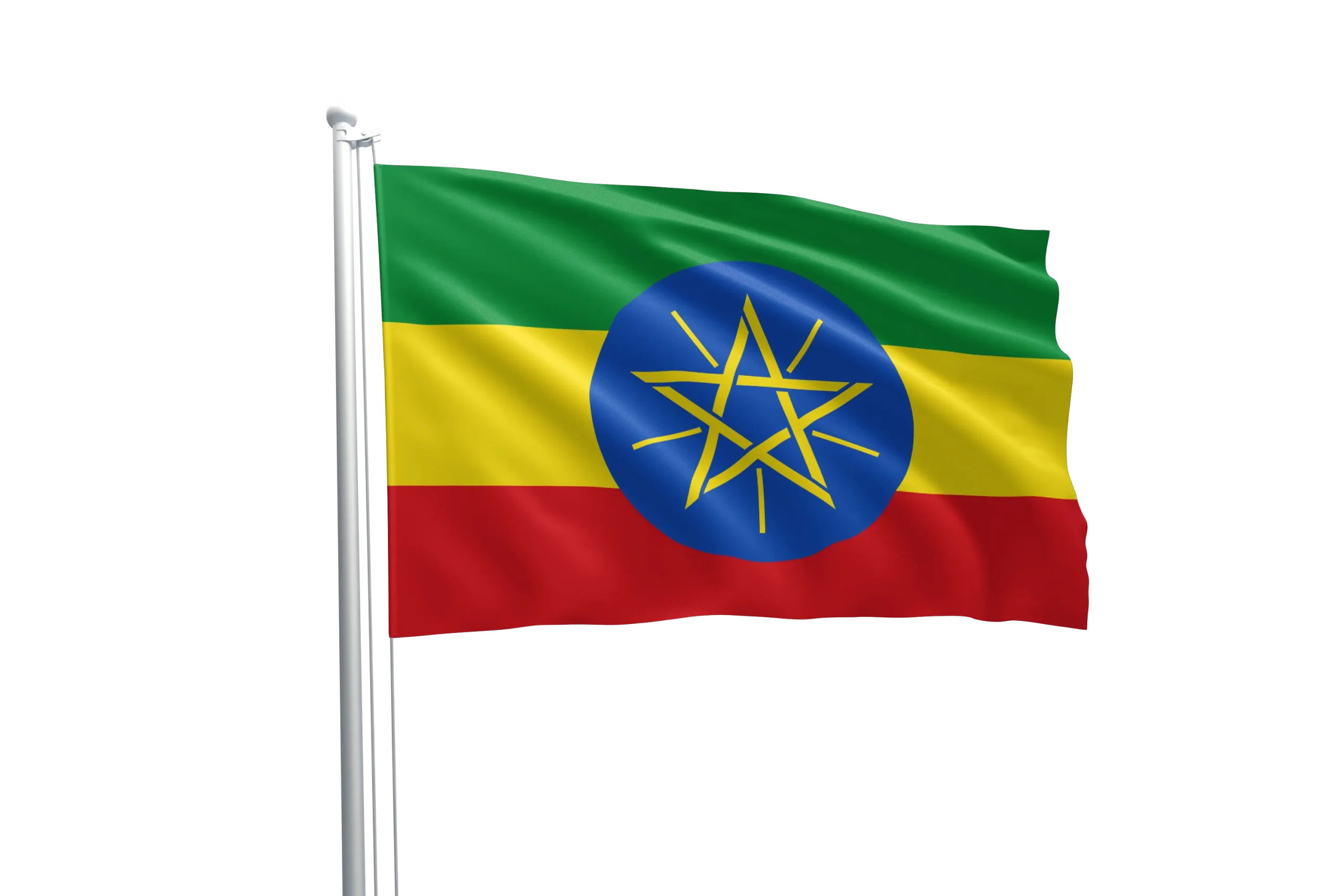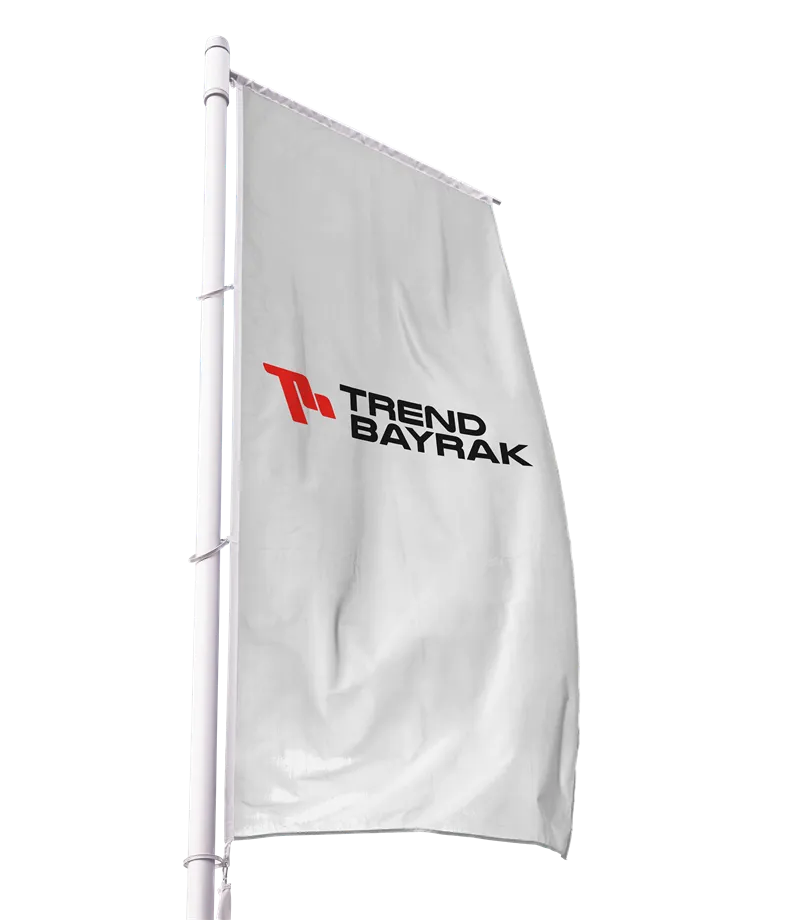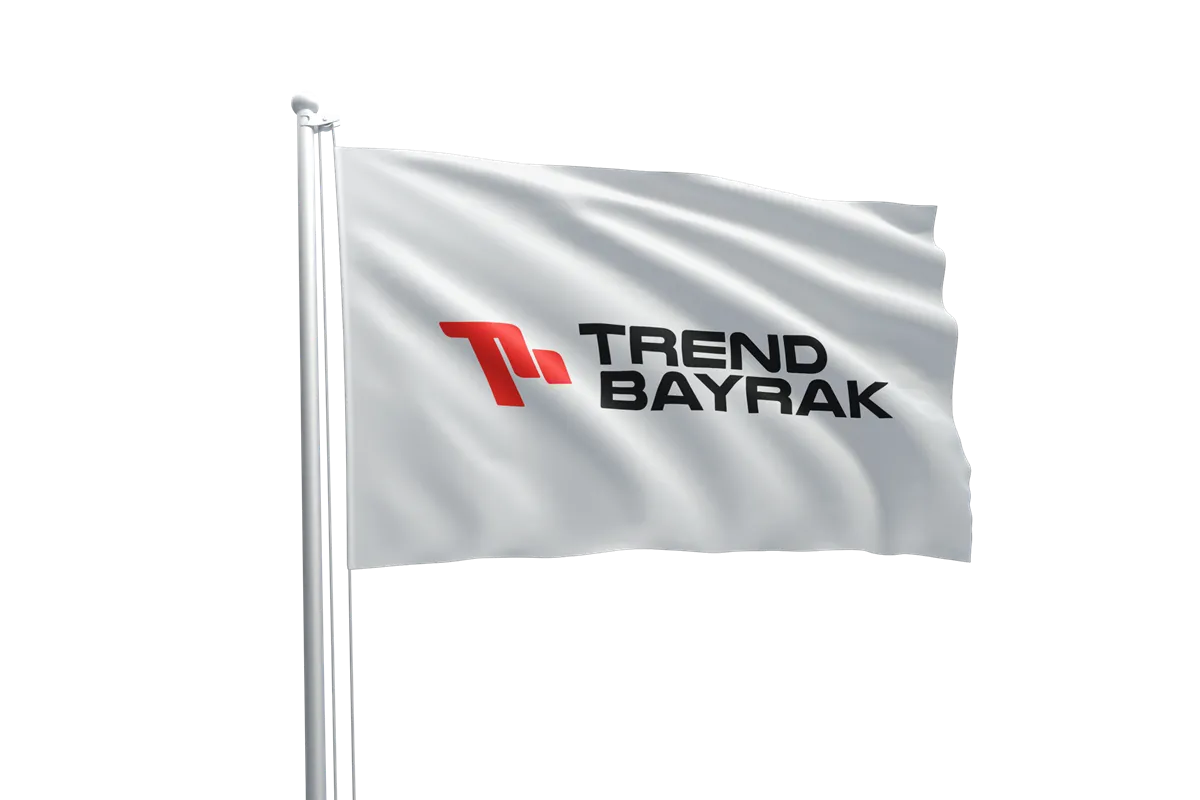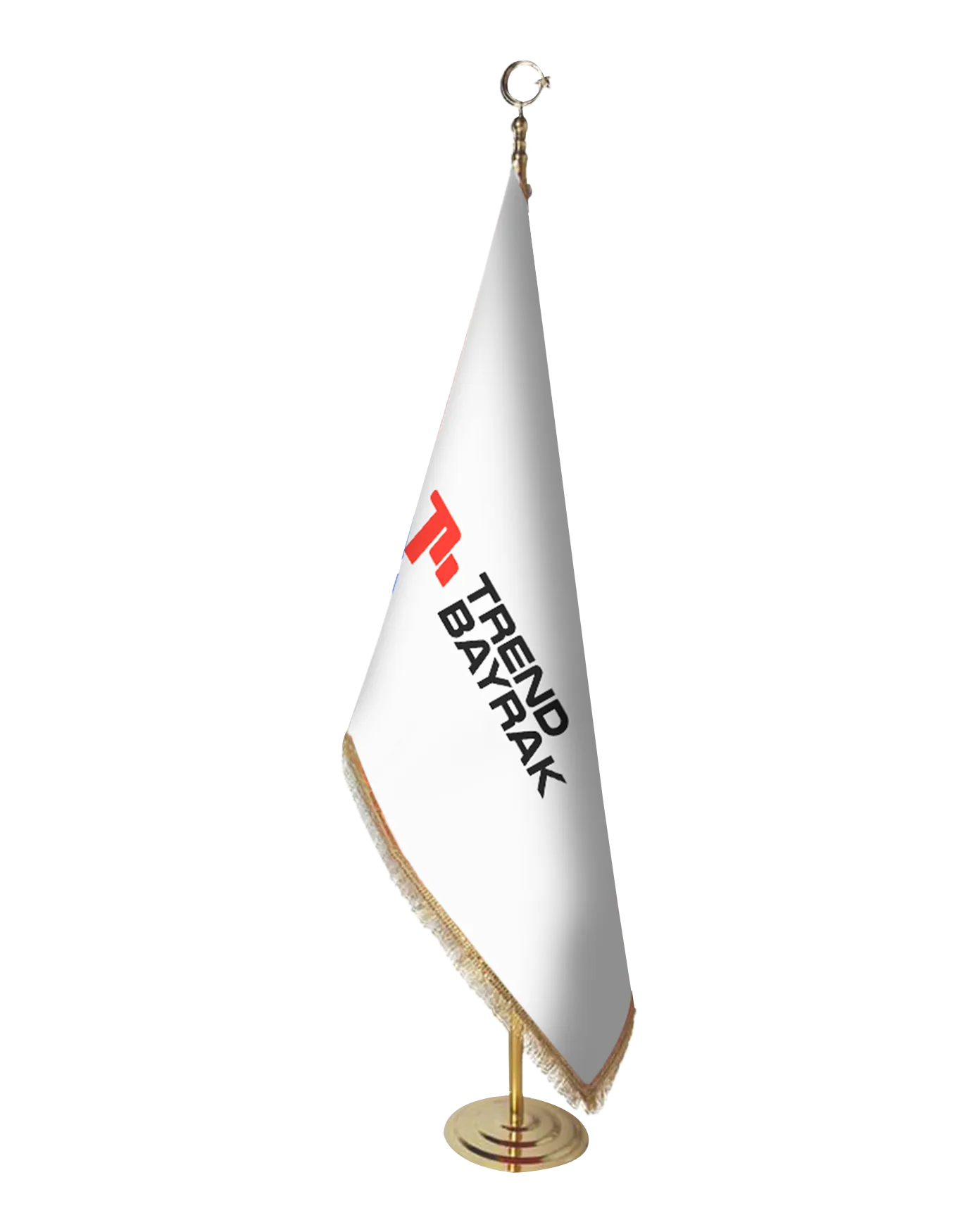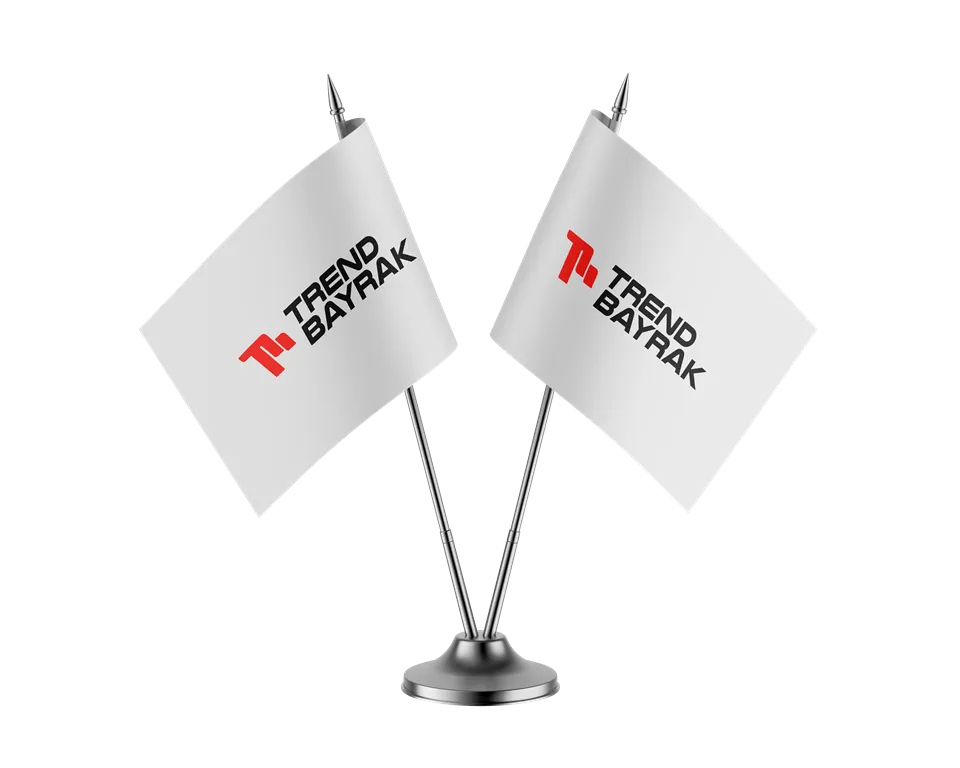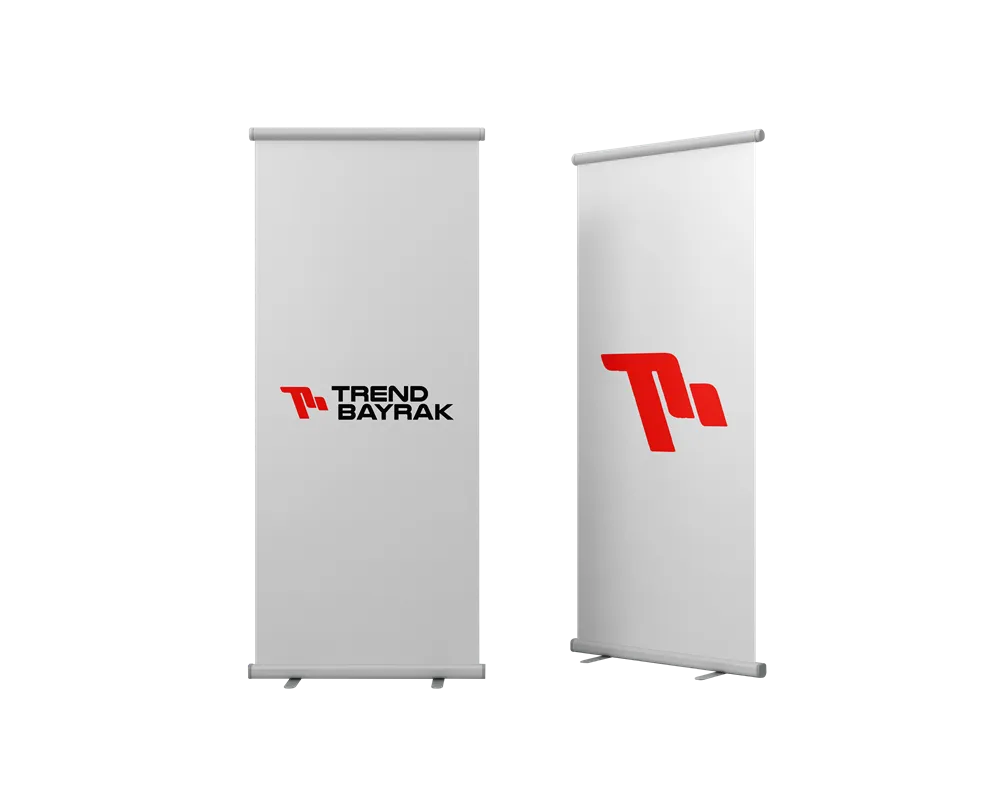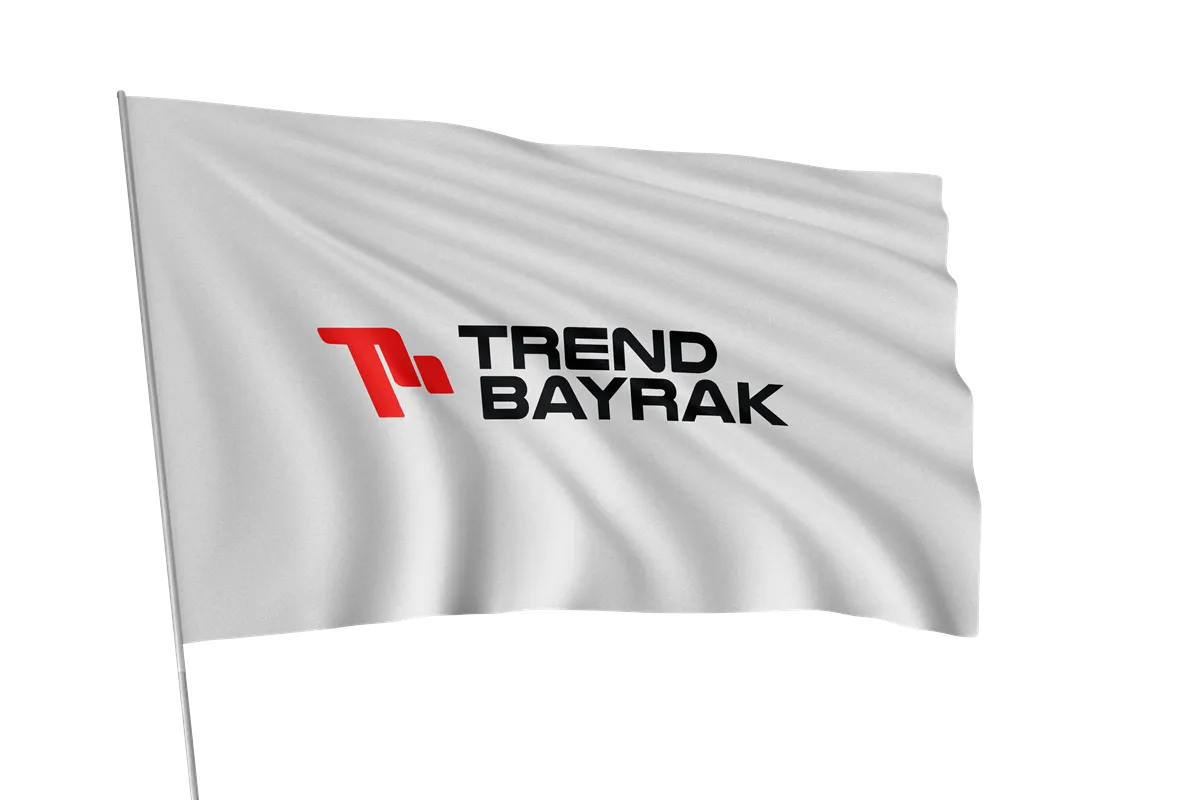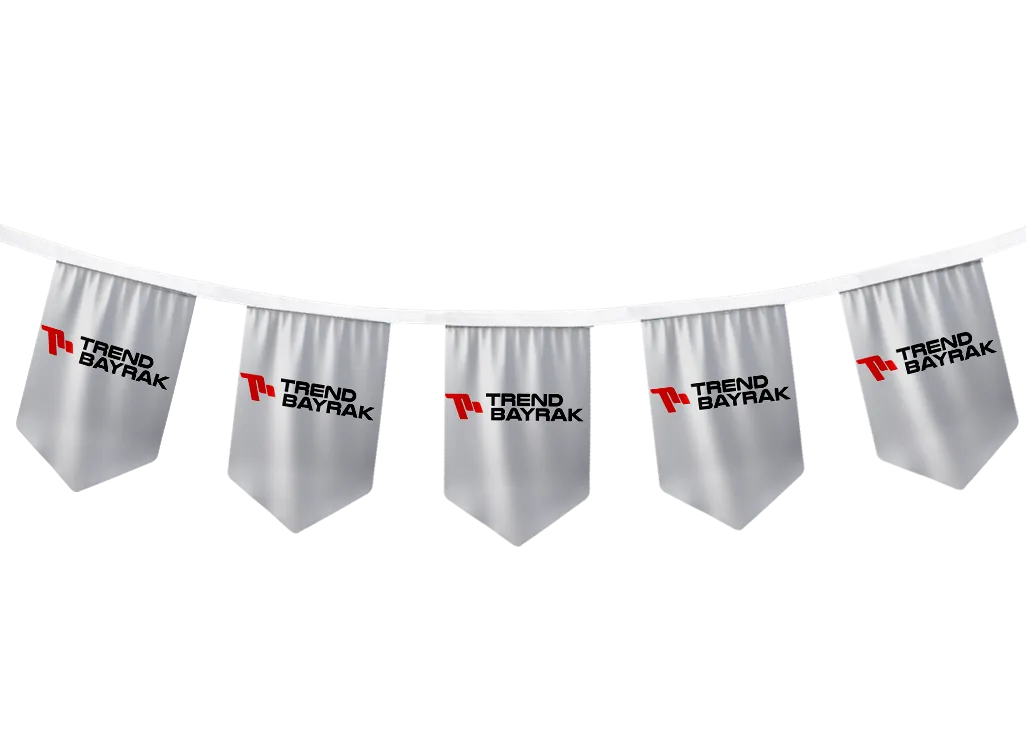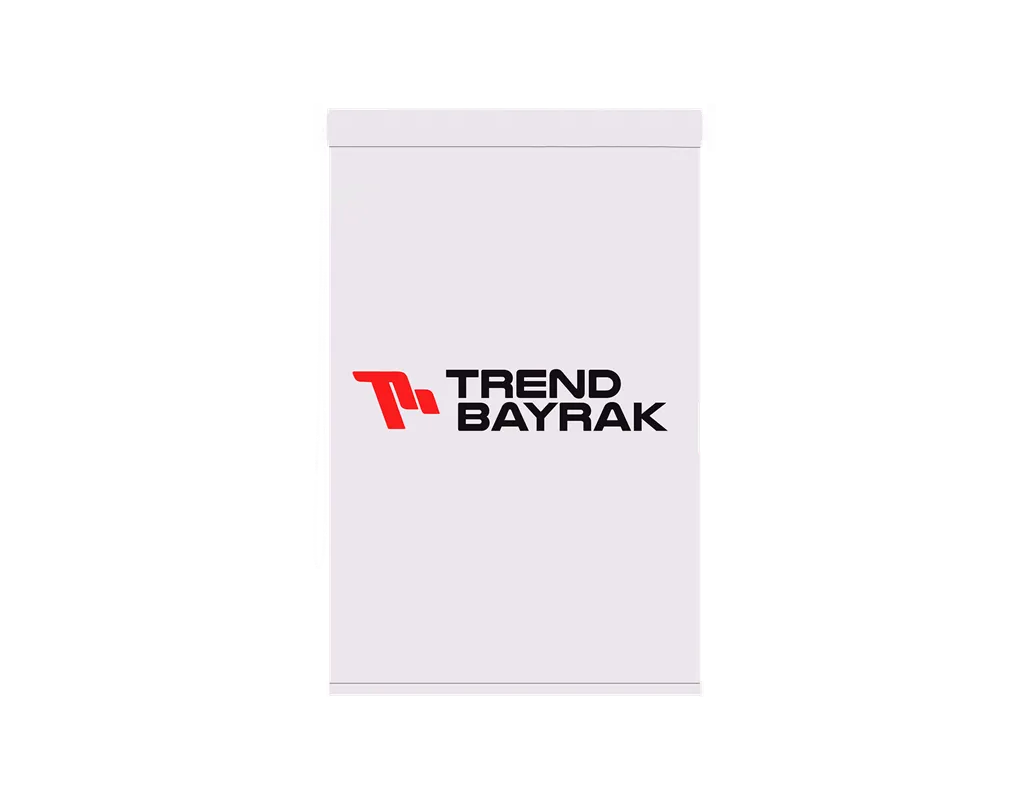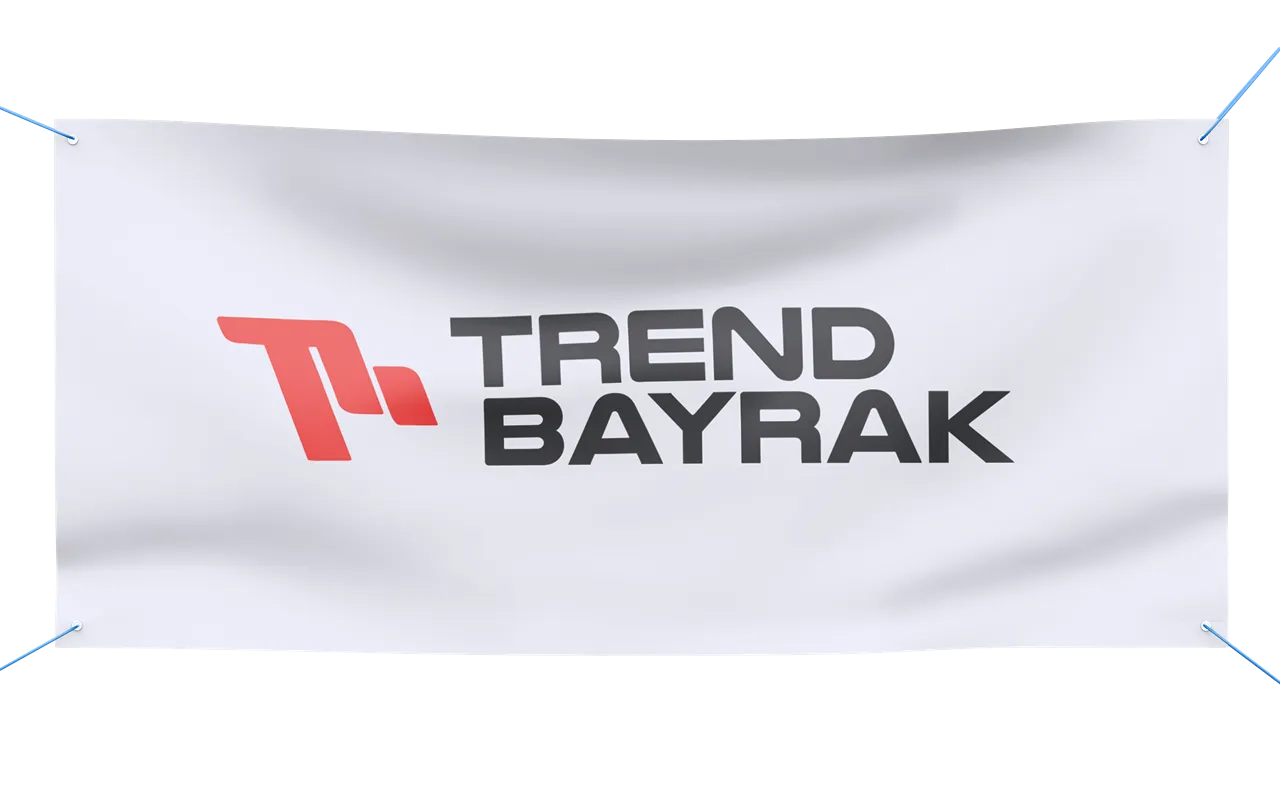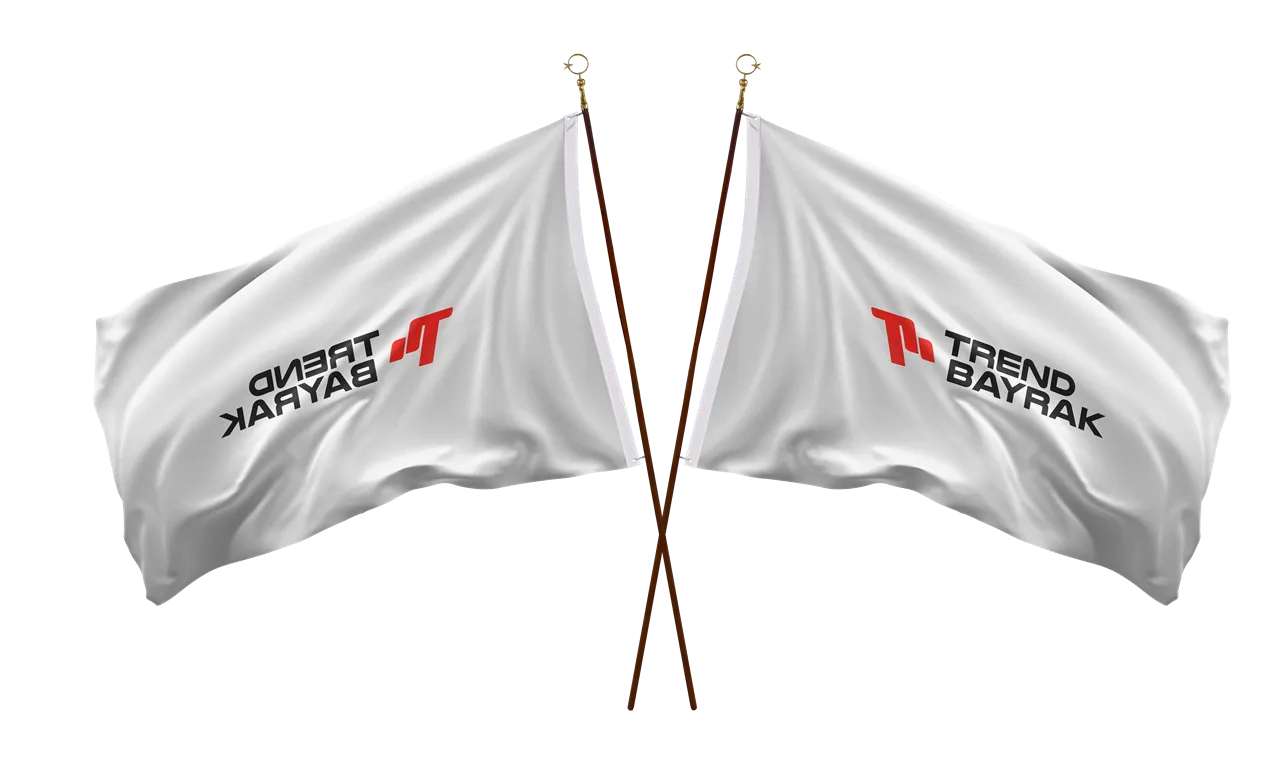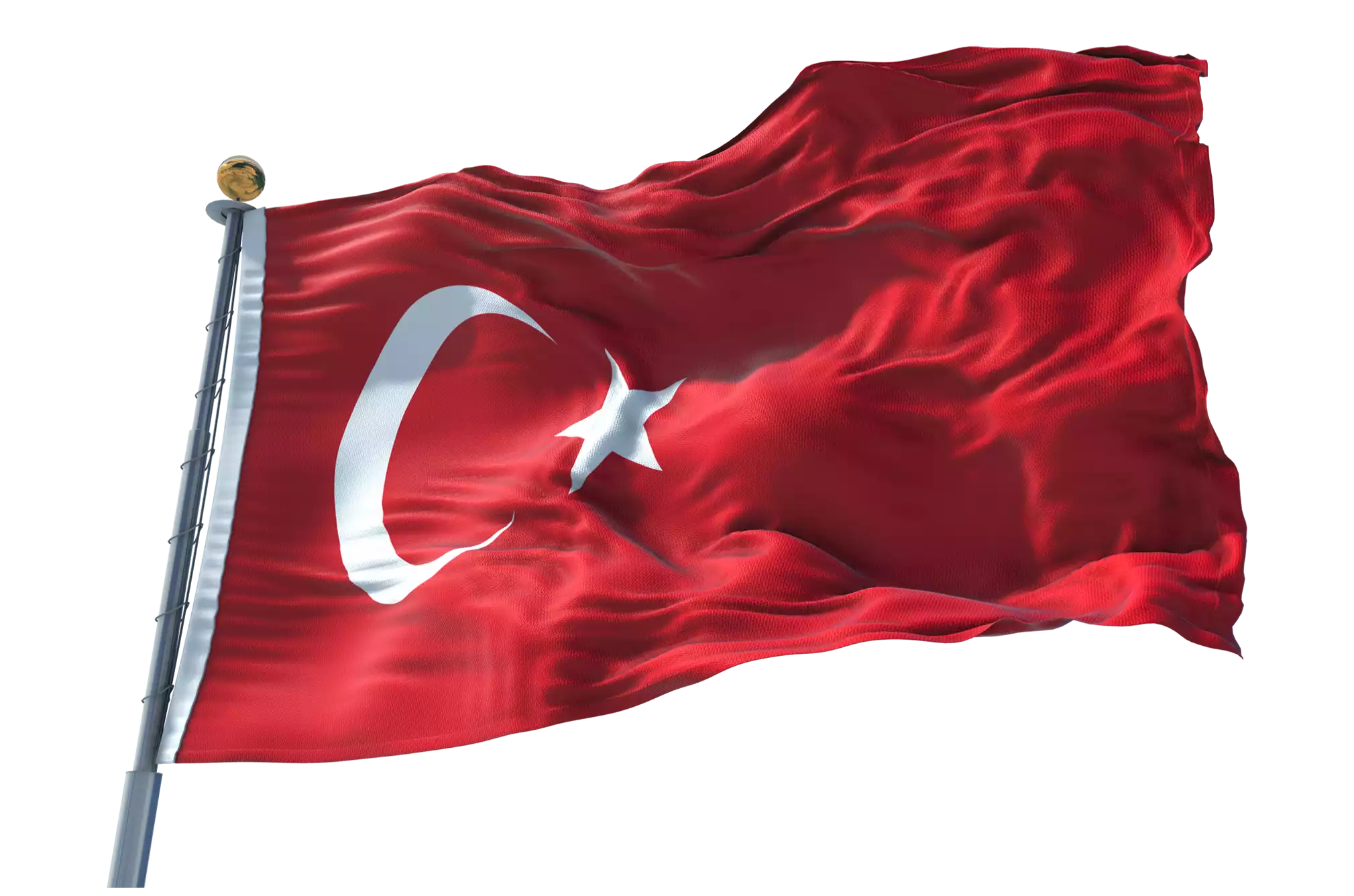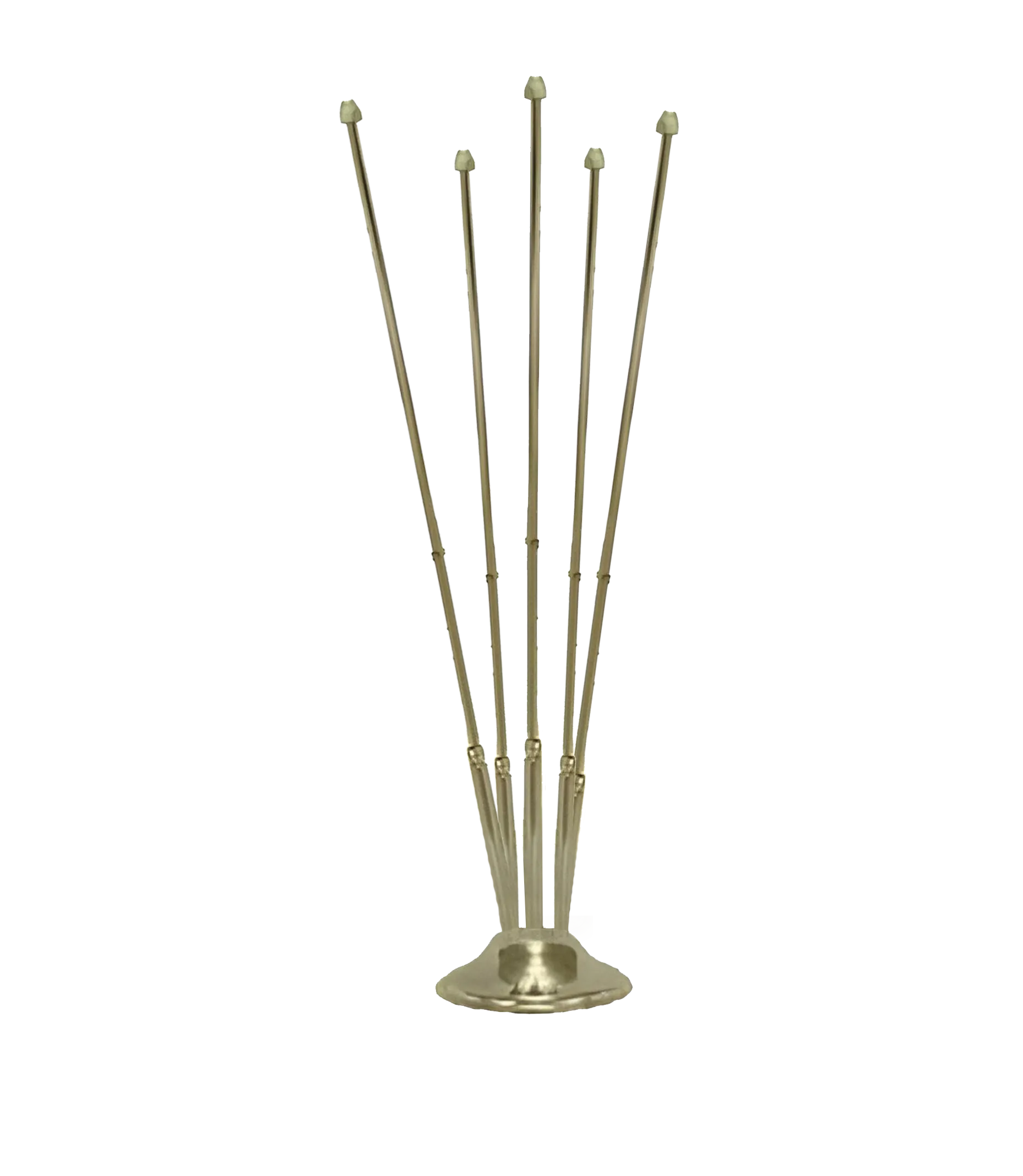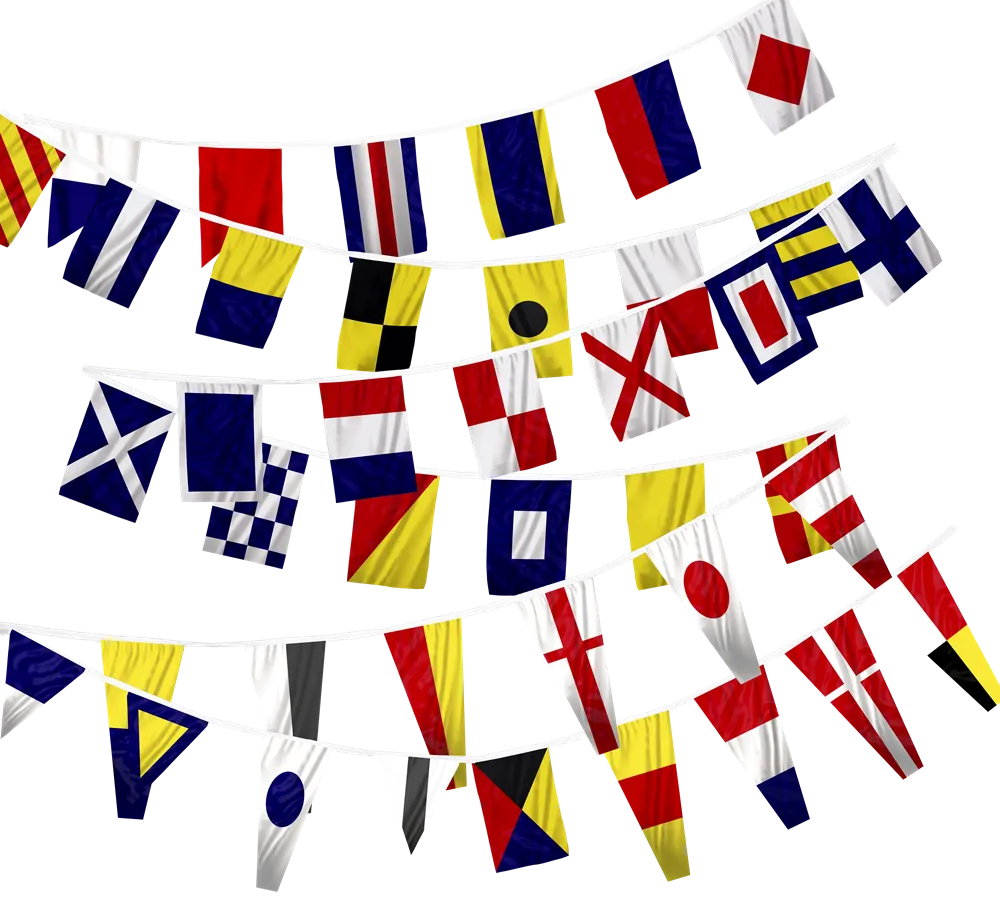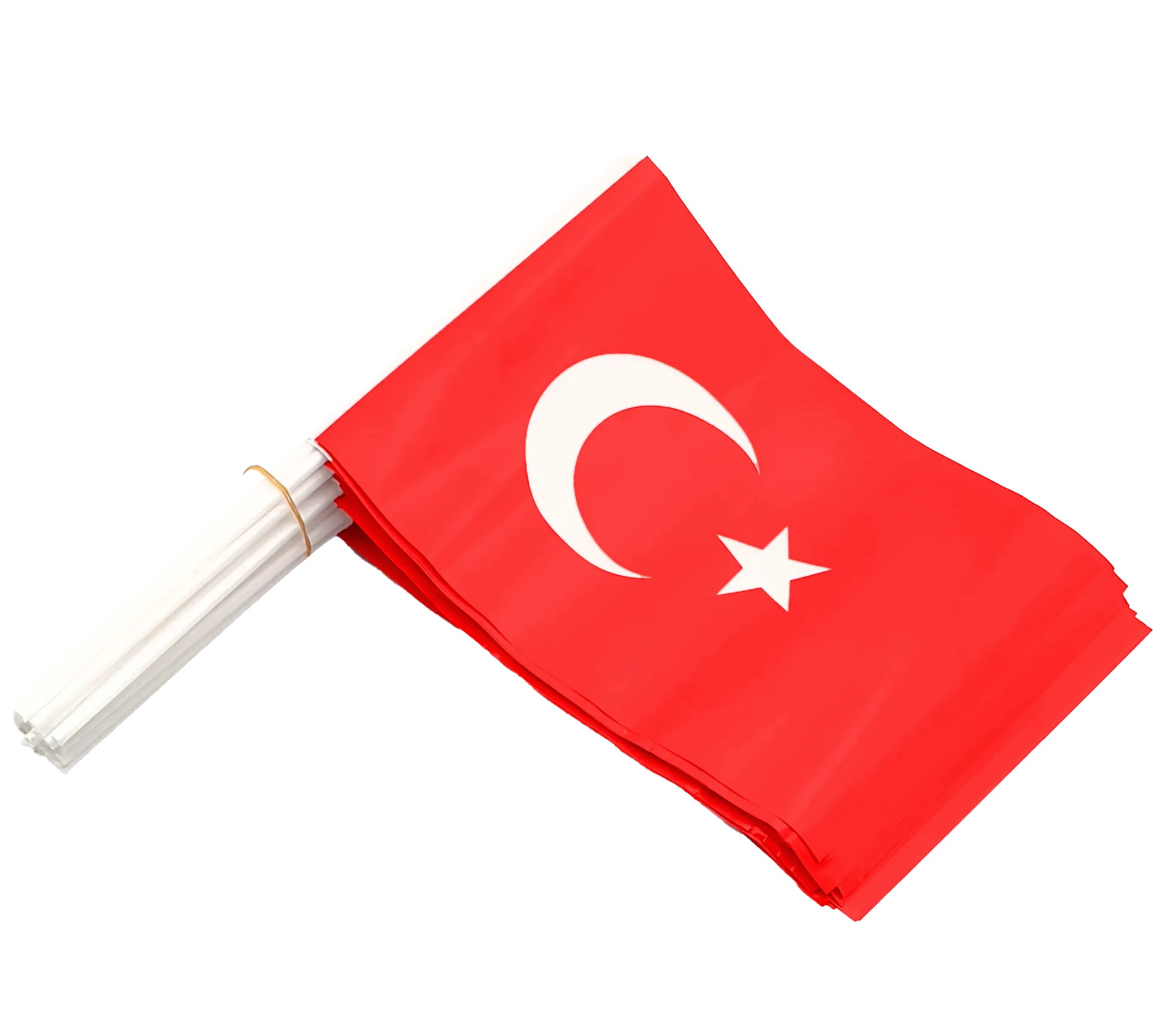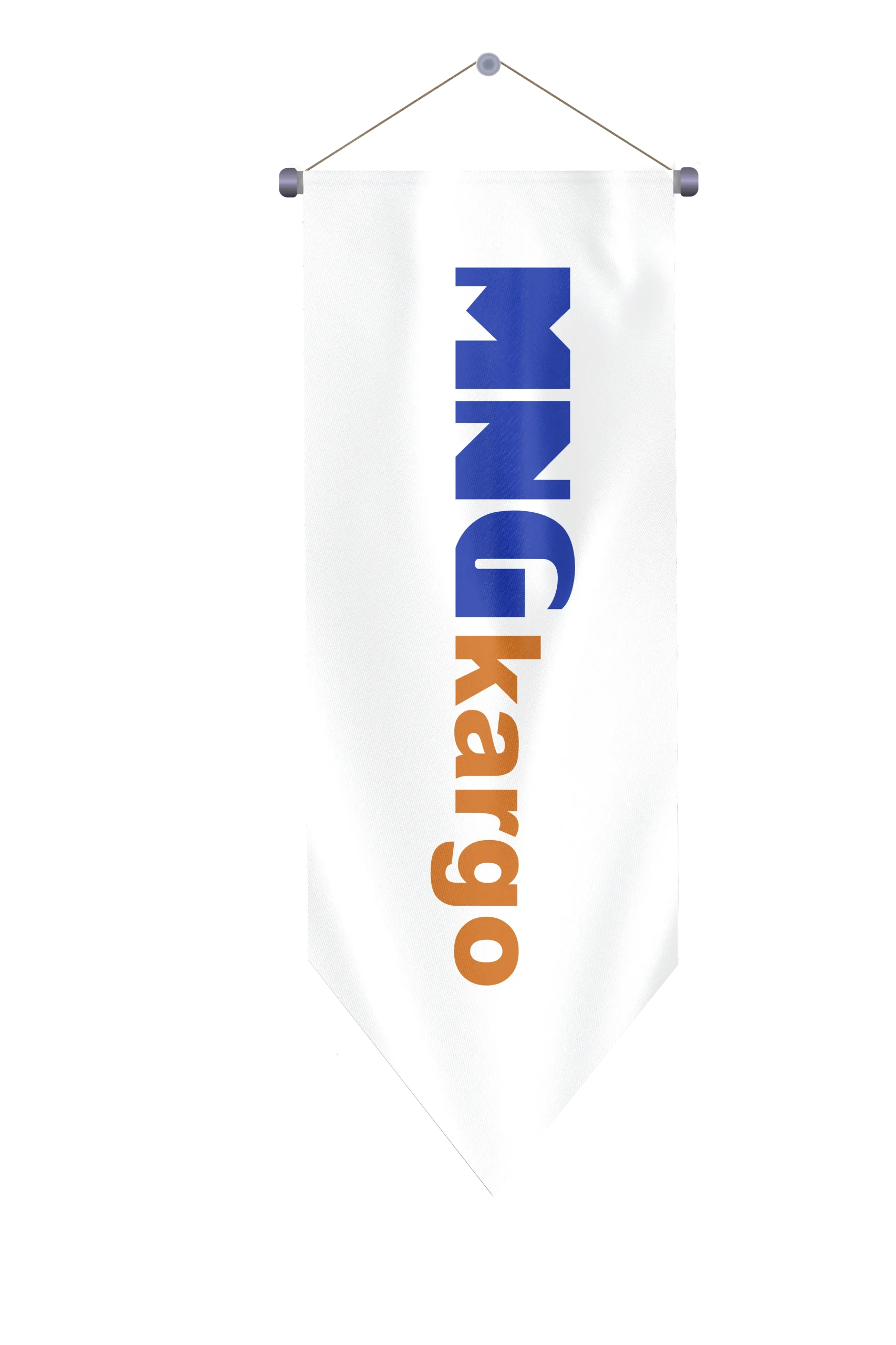Ethiopian Flag
Country flags are used indoors and outdoors, from official ceremonies to various organizations. They are frequently supplied by consulates, associations, political parties, companies, hotels and fair organizations. Another name is state flags.
- The 3 sides of our products are produced with double needle technique as standard.
- Extra column reinforcement to the wick part is made as standard in large sizes
- Folded one by one and packed with gelatin.
History of the Flag of Ethiopia
The Federal Democratic Republic of Ethiopia, which was once under colonial rule and lacked independence, reclaimed its independence in 1945. After gaining independence that year, the design of the Ethiopian flag was created and raised. Although it has maintained the same design to this day, it was also used under the name Eritrea in 1993 when full independence was declared. Designed with green, yellow, red, and blue hues, this flag model serves both as an official and national flag. As one of the first African countries to gain sovereignty, the use of the flag is very important in Ethiopia. Before this, the country was under colonial rule and declared its independence in 1945.
Ethiopia was one of the first African countries to achieve independence. It is one of the largest countries on the African continent. The meaning of its flag reflects this historical and geographical significance, as Ethiopia has many neighboring countries. Being one of the most populous countries and connected to the Red Sea, Ethiopia has not altered its flag to show its ongoing commitment to maintaining its sovereignty.
Meaning of the Flag of Ethiopia
Following a 1993 referendum, the Federal Democratic Republic of Ethiopia changed its name and achieved full independence. It is one of the countries connected to the Red Sea, which is reflected in its flag. The flag’s colors and emblem represent the country’s fertile lands and its historical context. The Ethiopian flag, designed in the early 19th century, consists of three horizontal stripes with a blue emblem resembling a flower in the center. The flag, designed with Pan-African colors, is also a reference to the country’s form of government. Since there was no fixed government in the past, the flag has experienced continuous changes over time. It has been used in its current form since the most recent change. Protected by law, the flag features four different colors: green at the top, yellow in the middle, and red at the bottom, representing the country’s governance. The blue and yellow emblem in the center contains a five-pointed star. The green at the top symbolizes the country’s fertile lands, while the yellow in the middle represents love and loyalty to the nation.
Dimensions of the Flag of Ethiopia
The standard dimension for an Ethiopian flag is 1:2. However, depending on the area where the flag will be used, it may need to be scaled up or down. The flag’s dimensions can vary based on whether it is used indoors or outdoors, in gardens or institutions, or for wall or office displays. For smaller sizes, dimensions like 20×30 cm might be used, while larger sizes could be 8×12 meters. Dimensions may also vary depending on the fabric used for the flag.
Uses of the Flag of Ethiopia
As one of the important national flags in the world, the use of the Ethiopian flag is increasing. It is required to be used in official areas, health institutions, and within the country. Additionally, it is needed for international sports competitions, races, and various other contexts. The flag must be used during special and official holidays, in both indoor and outdoor settings. It is mandatory within the country and should be present in national buildings such as embassies abroad. The flag is respected by the local population and is also legally required for official use.


